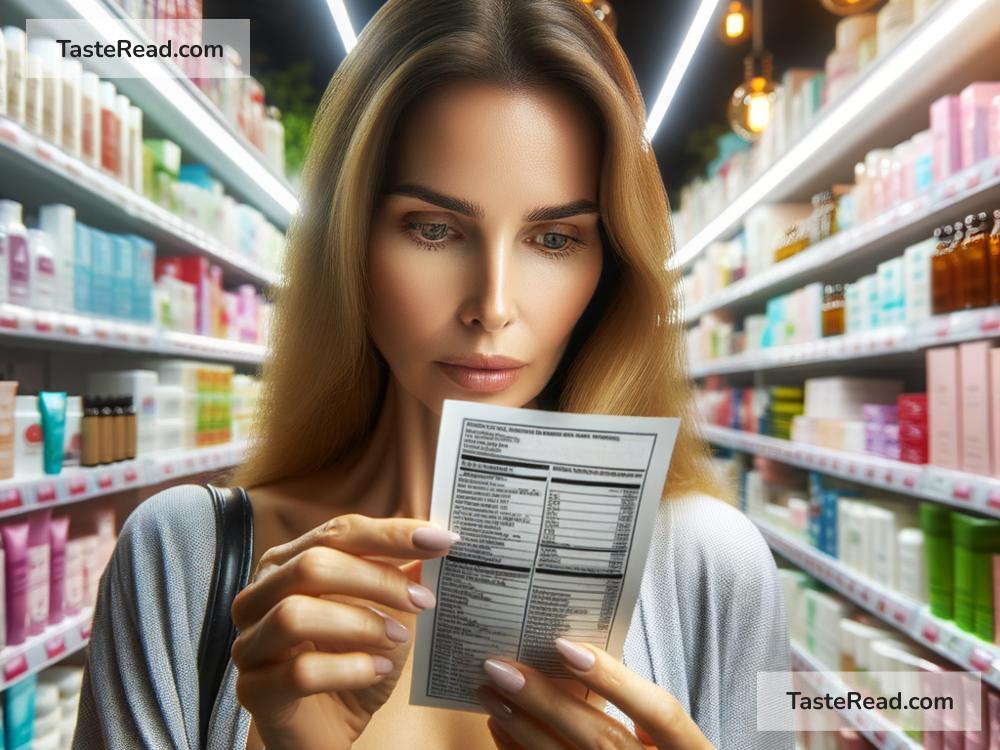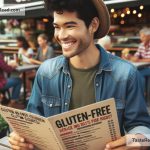When it comes to skincare and beauty, many of us only consider how products can improve our appearance or cater to our skin type. But for those with celiac disease, gluten sensitivity, or a preference to avoid gluten, the ingredients list on these products is just as important as the benefits promised. Yes, gluten can be found in skincare and beauty products too! While it might seem daunting, spotting gluten-free options doesn’t have to be a headache. Let’s dive into how you can identify gluten-free beauty and skincare products, ensuring you can enjoy your beauty routine worry-free.
Understanding Gluten in Beauty Products
First things first: what is gluten doing in your skincare or makeup? Gluten is a group of proteins found in grains like wheat, barley, and rye. It’s commonly used in beauty products as a binder to help ingredients stick together or as an emollient to make skincare products smoother. However, for those with gluten sensitivities, even a small amount absorbed through the skin or ingested accidentally (think lip products) can cause discomfort or serious reactions.
The Search for Gluten-Free
Reading labels is your first line of defense. However, recognizing gluten on a beauty product label isn’t always straightforward. Ingredients derived from wheat, barley, or rye won’t always have clear names. Look out for names like “wheat germ,” “hydrolyzed wheat protein,” “barley extract,” “rye germ oil,” and similar. But there’s more to it than just avoiding wheat, barley, and rye derivatives.
1. Understand the Terminology
Aside from the obvious terms, gluten can be hidden under names like Triticum Vulgare (wheat) and Hordeum Vulgare (barley). Learning these scientific names can help you spot gluten-containing ingredients more easily.
2. Check for Certifications
Certifications can be a lifesaver. Some products might sport a “gluten-free” label. This is a good sign, but it’s even better if there’s a certification from a recognized authority, such as the Gluten-Free Certification Organization. These certifications mean the product has been independently tested and found to contain less than a certain amount of gluten (usually 20 parts per million or less).
3. Use Technology
Thankfully, we live in a digital age where information is at our fingertips. Use smartphone apps designed to identify gluten-free products by scanning barcodes. Some apps even allow you to filter out gluten-containing products while shopping online.
4. Reach Out to Manufacturers
If you’re unsure about a product, don’t hesitate to contact the manufacturer. Most companies are happy to provide details about their products’ ingredients and manufacturing processes. This can be especially helpful for smaller brands that may not have the resources to get formal certifications.
5. Stick to Simple Formulas
Often, the simpler the ingredient list, the easier it is to determine if a product is gluten-free. Products boasting a minimalistic approach to beauty and skincare are not only trendy but can also be safer for those avoiding gluten. These products tend to avoid unnecessary additives, making it less likely for hidden gluten to be an issue.
Additional Tips for Gluten-Free Beauty
- Patch Test: Even gluten-free products can cause reactions for some people. Always perform a patch test before fully incorporating a new product into your routine.
- Know Your Body: Gluten typically causes issues when ingested, and it’s rare for topical gluten to cause problems for most people with gluten sensitivities. Nonetheless, some individuals report reactions to topical gluten, so trust your own experiences.
- Stay Updated: Ingredients and formulas change. A product that was gluten-free at one time might not always remain so. Regularly check back on your favorite products to ensure they still meet your needs.
Conclusion
Finding gluten-free beauty and skincare products can seem like navigating a maze, but with these tips in hand, you’re well-equipped to make choices that align with your health and beauty goals. Remember, the key is awareness—knowing what to look for, asking questions, and staying informed about the products you use. By doing so, you can enjoy a beauty routine that’s not only safe but also empowering. Happy label-reading!


